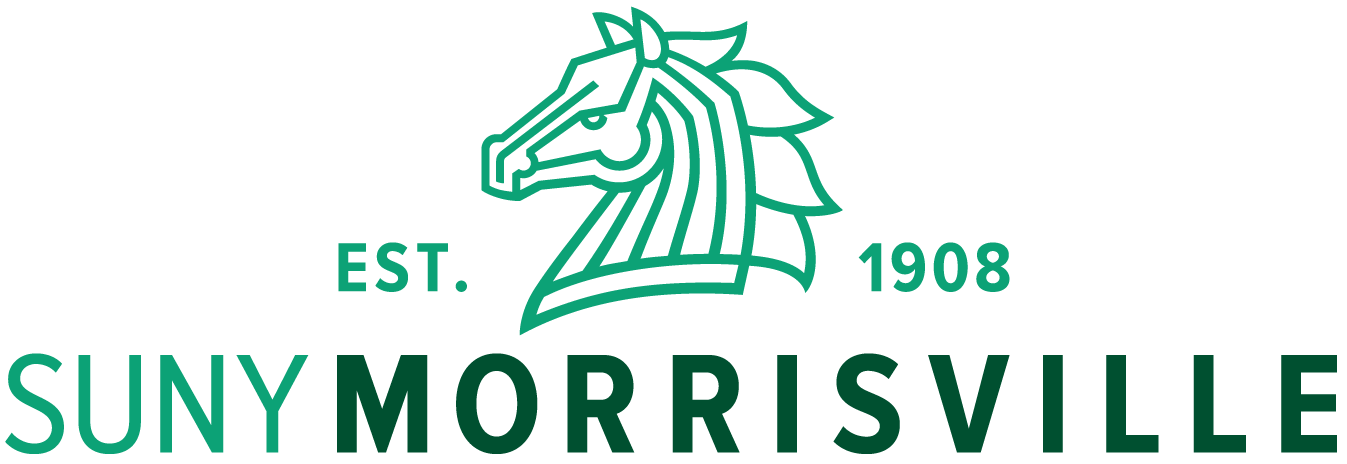In 1951, students at the Robert Russa Moton High School in Farmville, Virginia walked out of school to initiate a strike demanding better school facilities. Led by 16-year-old Barbara Johns, the Moton Student Strike would produce three-fourths of the plaintiffs in Brown v. Board of Education (1954) and would be the only student-led initiated case of the five that comprised Brown v. Board. The Moton school story is also vital in the Supreme Court case of Griffin v. County School Board of Prince Edward County, which intervened to reopen schools in the county. The R.R. Moton High School, located in Prince Edward County, had been closed for five years (1959-1964) alongside other schools as the county closed down schools rather than desegregate after the Brown v. Board decision. Today, the R.R. Moton High School is a National Historic Landmark and a museum. In this interview, we hear from the director, Cameron Patterson, about the history of the museum and school.
About Black History Matters
Black History Matters 2022 is an educational series that seeks to highlight Black American history. NAHOF believes that by understanding history the present may be better understood. The mission of the National Abolition Hall of Fame and Museum is to honor antislavery abolitionists, their work to end slavery, and the legacy of that struggle, and strive to complete the second, and ongoing abolition – the moral conviction to end racism. These February programs will address key events in our national history and are topics in history that are lesser known or whose implications are not usually understood. The presenters are volunteer scholars, educators, authors, and researchers who support this project by donating their time and talents.
This program is funded, in part by, Humanities New York with support from the National Endowment for the Humanities. Any view, findings, conclusions or recommendations expressed in this program do not necessarily represent those of the National Endowment for the Humanities. Viewers are encouraged to complete a brief survey for a report to the funder and to guide NAHOF.
